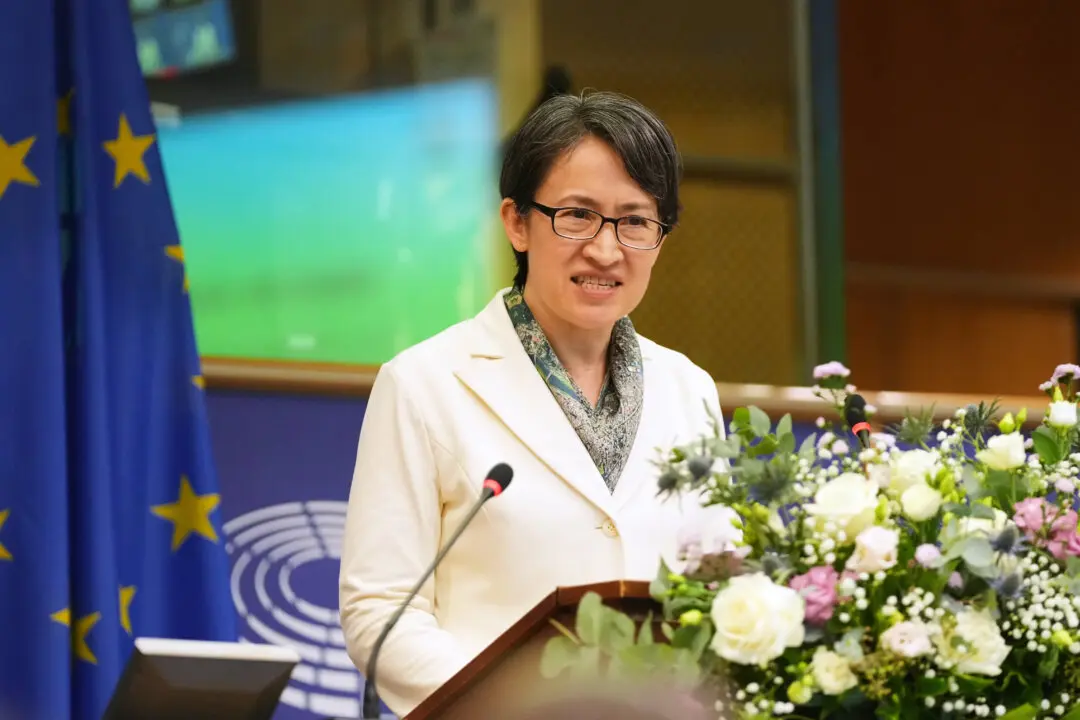The Chinese military deployed microwave pulse weapons to take back a region occupied by Indian soldiers during a border clash in the Himalayas, according to a Chinese scholar who may have inadvertently divulged classified information.
Jin Canrong, the associate dean of the School of International Relations at the Renmin University of China, claimed in a seminar held on Nov. 11 that the People’s Liberation Army (PLA) had, without firing a single bullet, successfully forced Indian soldiers to retreat and thus took back “two mountain tops” around Pangong Tso Lake in the Ladakh region of the Himalayas, a disputed border territory between the two countries.





